Native to Asia, box tree moth (Cydalima perspectalis) threatens ornamental boxwood trees which belong to the species Buxus. Box tree moth was found in Canada in 2018, and USDA APHIS confirmed its presence in the United States in 2021. It is believed that introduction of the pest into the US was caused by an Ontario-based nursery which transported infested boxwood trees to Eastern US states. Sightings have been confirmed in Michigan, Connecticut, and South Carolina.
Adult moths are brown and approximately 2 inches long with white wings outlined in brown and a wingspan of 1.5 inches. However, some adults have been recorded as being entirely brown with a brown body and brown wings. Male and female adults can express both variations of coloring. Young larvae are bright green with black heads and as they mature they develop black stripes that run along their body. Larvae can grow up to 1.6 inches long. Eggs are translucent yellow and laid in a “plaque” of 5-20 individuals under foliage.
Damage to boxwood trees is caused by larval feeding on foliage and shoots. Young larvae may go undetected because a majority of the defoliation is caused by mature larvae. The USDA is researching effective methods to control box tree moth, including biological control. A list of effective insecticides can be found in North Carolina State’s Insecticide Options for Box Tree Moth Management. Bacillus thuringiensis (Bt) is one of the safer options included in this list.
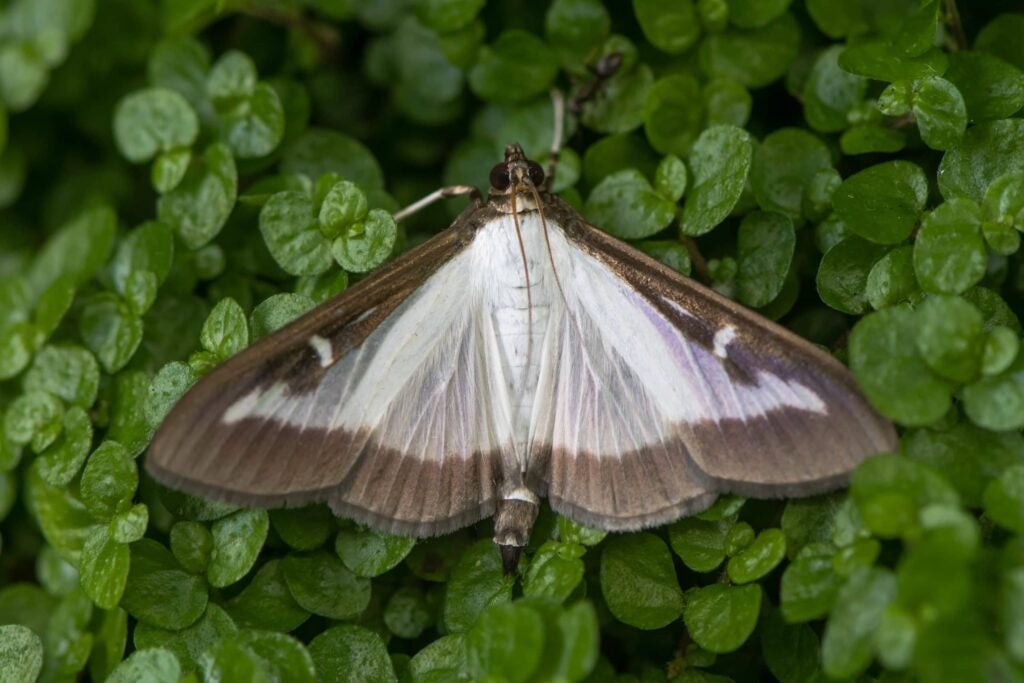
Fig. 1. Adult box tree moth. Photo courtesy of New York State Department of Agriculture and Markets. 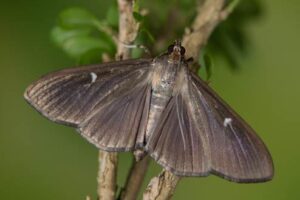
Fig. 2. Adult box tree moth, dark form. 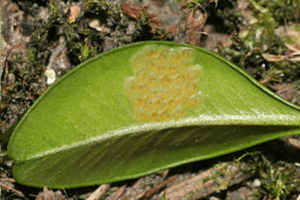
Fig. 3. Box tree moth eggs. Photo courtesy of Walter Schön, www.schmetterling-raupe.de/art/perspectalis.htm. 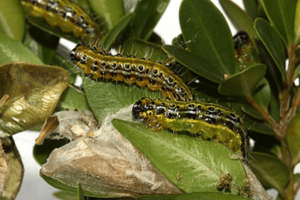
Fig. 4. Box tree moth larvae. Photo courtesy of Matteo Maspero and Andrea Tantardini, Centro MiRT – Fondazione Minoprio. 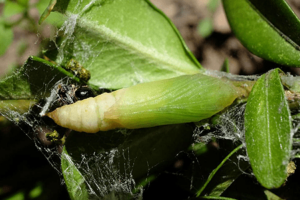
Fig. 5. Box tree moth pupa Ilya Mityushev, Department of Plant protection of the Russian State Agrarian University – Moscow Timiryazev Agricultural Academy.
